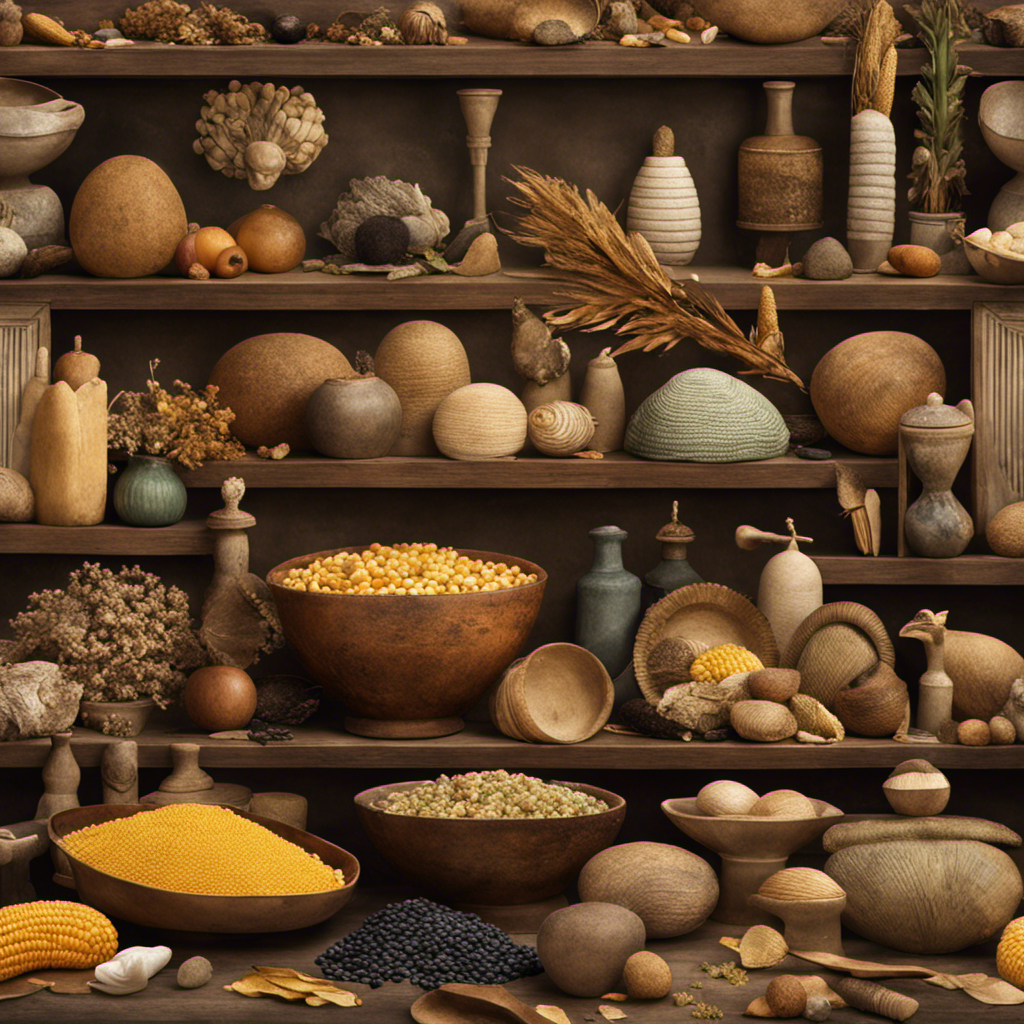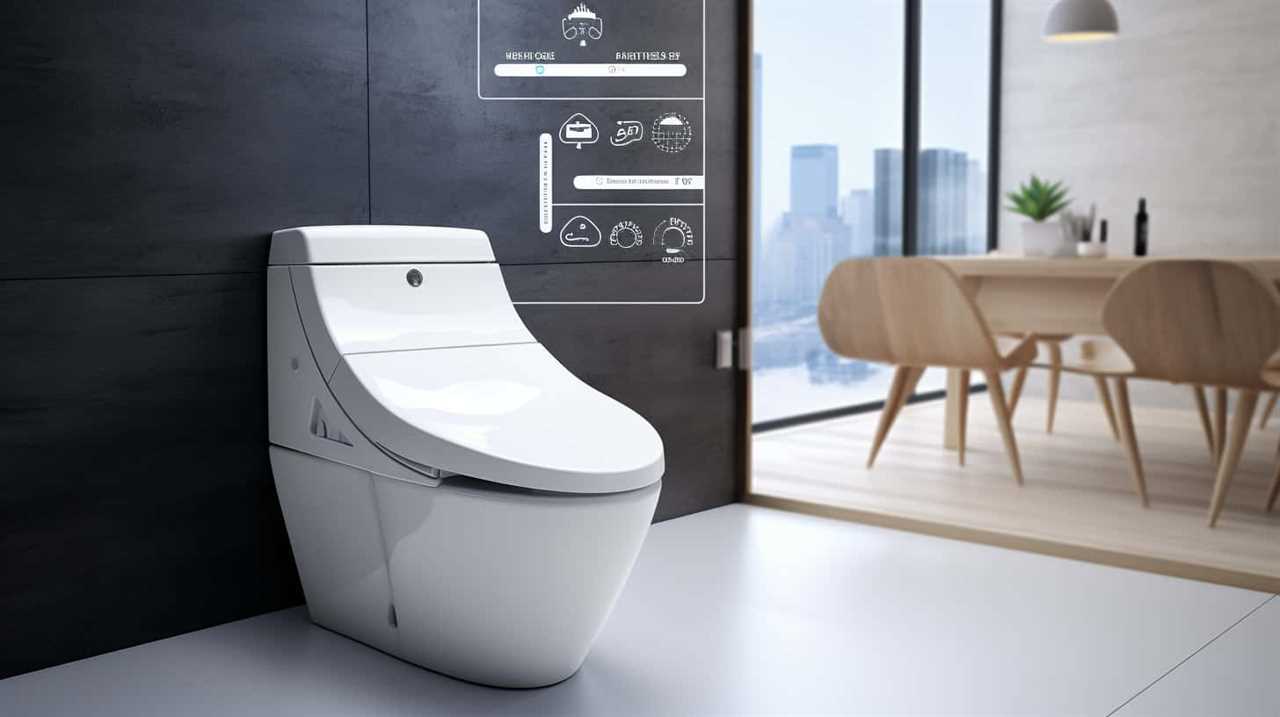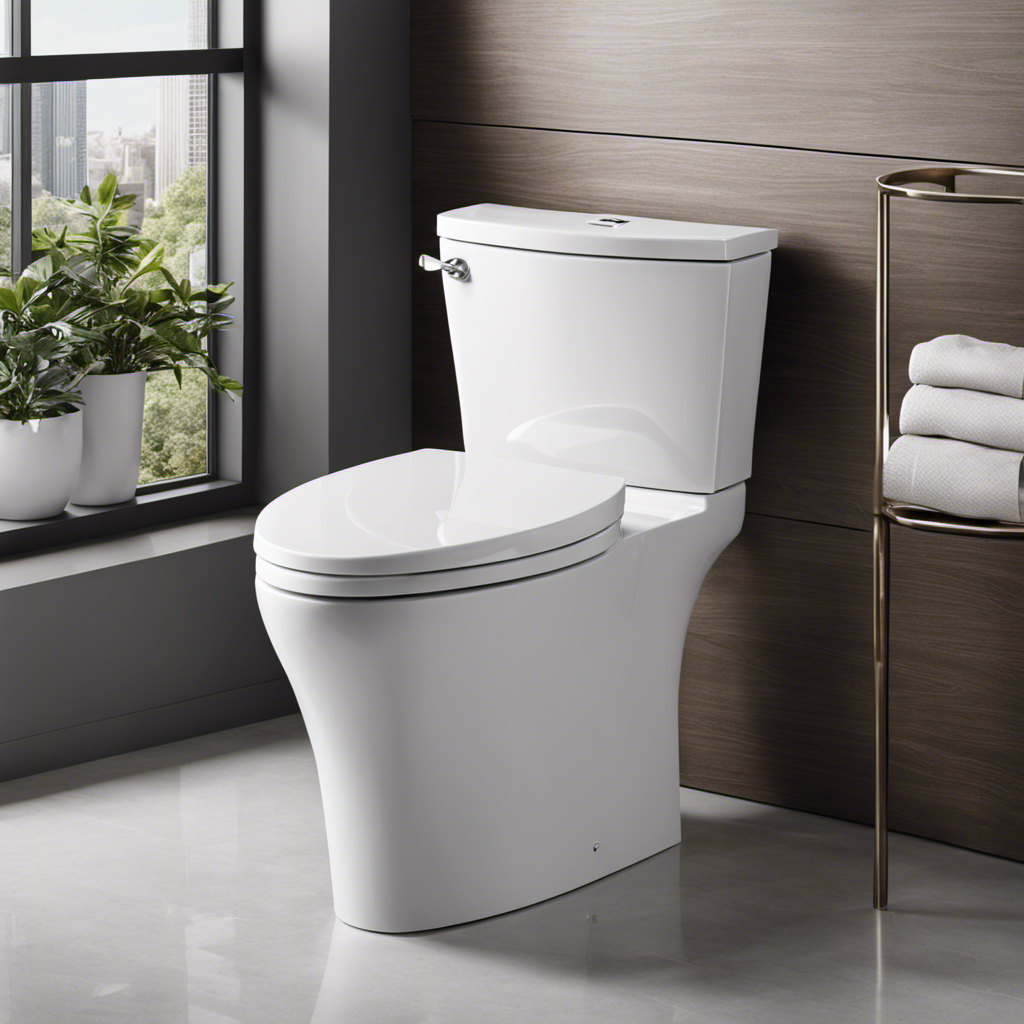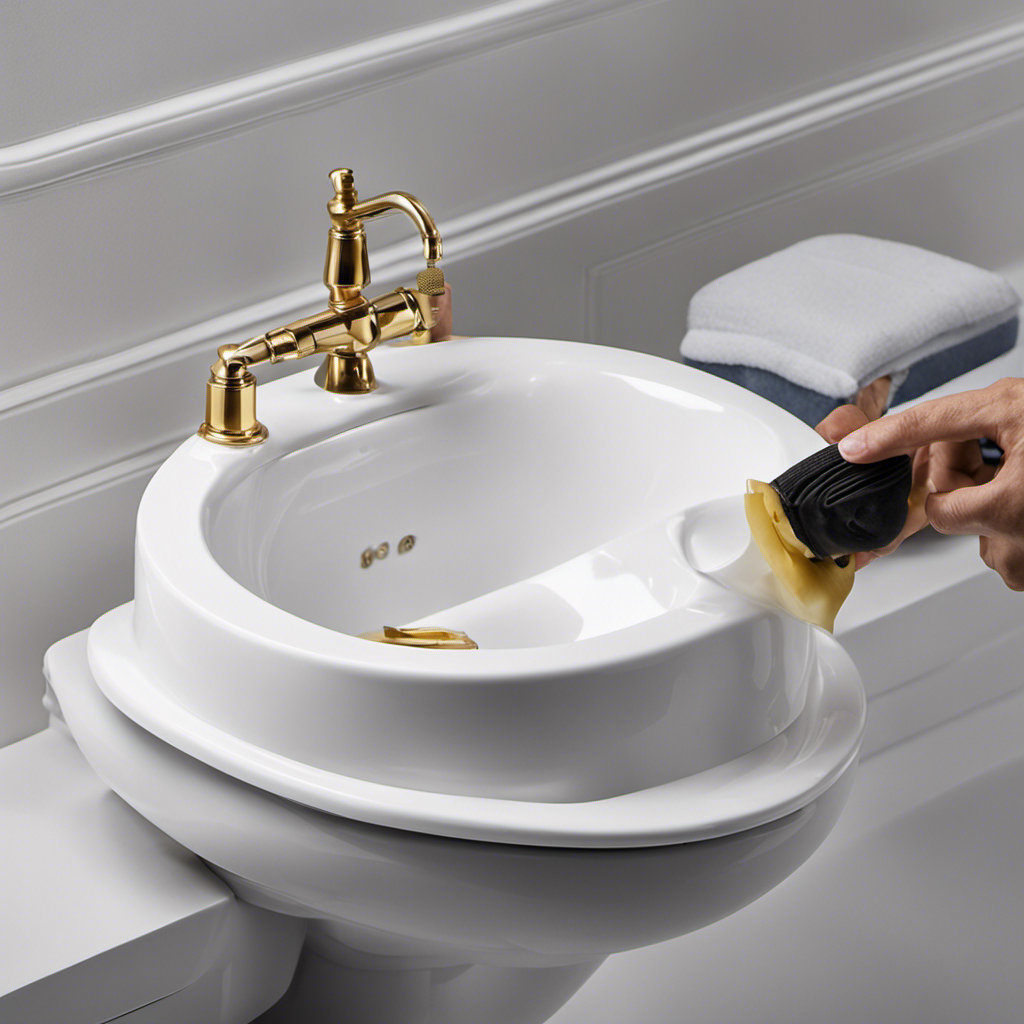Growing up, I always wondered about the peculiarities of ancient hygiene practices. One burning question that often crossed my mind was, ‘What did people wipe with before toilet paper?’
Delving into the depths of history, I discovered a fascinating array of materials and cultural traditions that were used to ensure cleanliness. From leaves and moss to seashells and even corn cobs, it seems that our predecessors were not short on improvised solutions.
Join me on this journey as we explore the evolution of toilet paper alternatives and gain a newfound appreciation for our modern conveniences.
Key Takeaways
- Ancient civilizations used various materials for personal hygiene, such as wool, rose petals, sponges, straw, hay, soft stones, and shells.
- Different cultures have different hygiene practices, such as the Japanese valuing cleanliness and using meticulous personal hygiene, and some African tribes using sand or ash due to water scarcity.
- Throughout history, people have come up with innovative solutions for personal hygiene challenges, including using water for cleansing, leaves, moss, and corn cobs as alternatives to toilet paper.
- Toilet paper alternatives have evolved over time, with the introduction of bidets, eco-friendly options made from bamboo or recycled materials, and modern innovations improving comfort and cleanliness in personal hygiene practices.
Ancient Hygiene Practices
You might be surprised to learn that ancient civilizations did not use toilet paper for hygiene purposes. Instead, they had their own unique methods of maintaining cleanliness.
Ancient bathing rituals played a crucial role in sanitation practices in these civilizations. For instance, in ancient Rome, public baths were a popular gathering place where people would bathe and socialize. These baths were not only for cleansing the body but also for promoting good hygiene and health.
Similarly, in ancient Egypt, bathing was an integral part of everyday life, and individuals would often use a combination of water, oils, and herbs to cleanse their bodies. These ancient bathing rituals not only helped in maintaining personal hygiene but also had cultural and social significance in these civilizations.
Historical Materials for Wiping
Try using natural materials like leaves, moss, or even corn cobs as alternative options for wiping.
Throughout history, people have relied on unconventional materials for hygiene purposes. These materials varied depending on the region and time period.
For instance, in ancient Rome, the wealthy used wool or rose petals, while the less fortunate resorted to sponges attached to sticks. In medieval Europe, straw and hay were commonly used. Native Americans utilized soft, smooth stones or shells.
These unconventional materials may seem strange to us today, but they were practical solutions for maintaining cleanliness in the absence of toilet paper.
It’s fascinating to explore the different hygiene customs and the resourcefulness of our ancestors in finding suitable alternatives for wiping.
Cultural Traditions of Cleanliness
Explore the diverse cultural traditions of cleanliness and discover fascinating practices from around the world.
Personal hygiene practices and cultural taboos vary greatly across different societies, reflecting the values and beliefs of each culture.
In some cultures, such as Japan, cleanliness is highly valued and meticulous personal hygiene practices are deeply ingrained. Japanese people often take multiple showers a day and thoroughly clean themselves before entering a bath.
On the other hand, in some cultures, such as certain nomadic tribes in Africa, water scarcity makes regular bathing difficult. These societies have developed alternative methods of cleanliness, such as using sand or ash to scrub their bodies.
These cultural differences highlight the importance of understanding and respecting diverse practices and taboos surrounding personal hygiene.
Improvised Solutions Throughout History
Throughout history, people have come up with innovative solutions to address various challenges, including finding alternatives for personal hygiene in the absence of modern conveniences. Hygiene practices in ancient civilizations were often centered around water, with people using water to cleanse themselves after using the bathroom. However, in instances where water was scarce or unavailable, individuals had to resort to unconventional materials for personal hygiene.
Some examples of unusual materials used for personal hygiene in history include:
-
Leaves: In many cultures, leaves were used as a natural substitute for toilet paper. People would use large, smooth leaves to wipe themselves clean.
-
Moss: Moss was another common material used for personal hygiene. It was soft and absorbent, making it an effective alternative to toilet paper.
-
Corn cobs: In early American history, corn cobs were used as a practical solution for personal hygiene. They were readily available and provided a rough texture for cleaning.
These examples demonstrate the resourcefulness and adaptability of individuals throughout history when it came to addressing the challenges of personal hygiene without modern conveniences.
Evolution of Toilet Paper Alternatives
In ancient civilizations, individuals had to get creative with their personal hygiene. They used unconventional materials like leaves, moss, and corn cobs. However, as time passed, toilet paper alternatives evolved to meet the growing demand for comfort and cleanliness.
Today, modern innovations have revolutionized the way we clean ourselves after using the bathroom. One such innovation is the bidet, a device that sprays water to wash the genital and anal areas. Bidets are not only more hygienic but also more environmentally friendly.
They reduce the need for toilet paper, thus minimizing deforestation and reducing the carbon footprint associated with manufacturing and transporting toilet paper. Additionally, some companies have introduced eco-friendly toilet paper alternatives made from bamboo or recycled materials, further reducing the environmental impact of personal hygiene practices.
Conclusion
In conclusion, exploring the history of hygiene practices illuminates the ingenuity and resourcefulness of humanity.
From ancient civilizations using natural materials like leaves and shells, to the cultural traditions of cleanliness that shaped societies, our ancestors found ways to maintain personal hygiene in the absence of toilet paper.
The evolution of toilet paper alternatives reveals our continuous pursuit of comfort and convenience. Symbolically, this journey symbolizes our tireless quest for improvement and adaptation, as we navigate the complexities of life.










